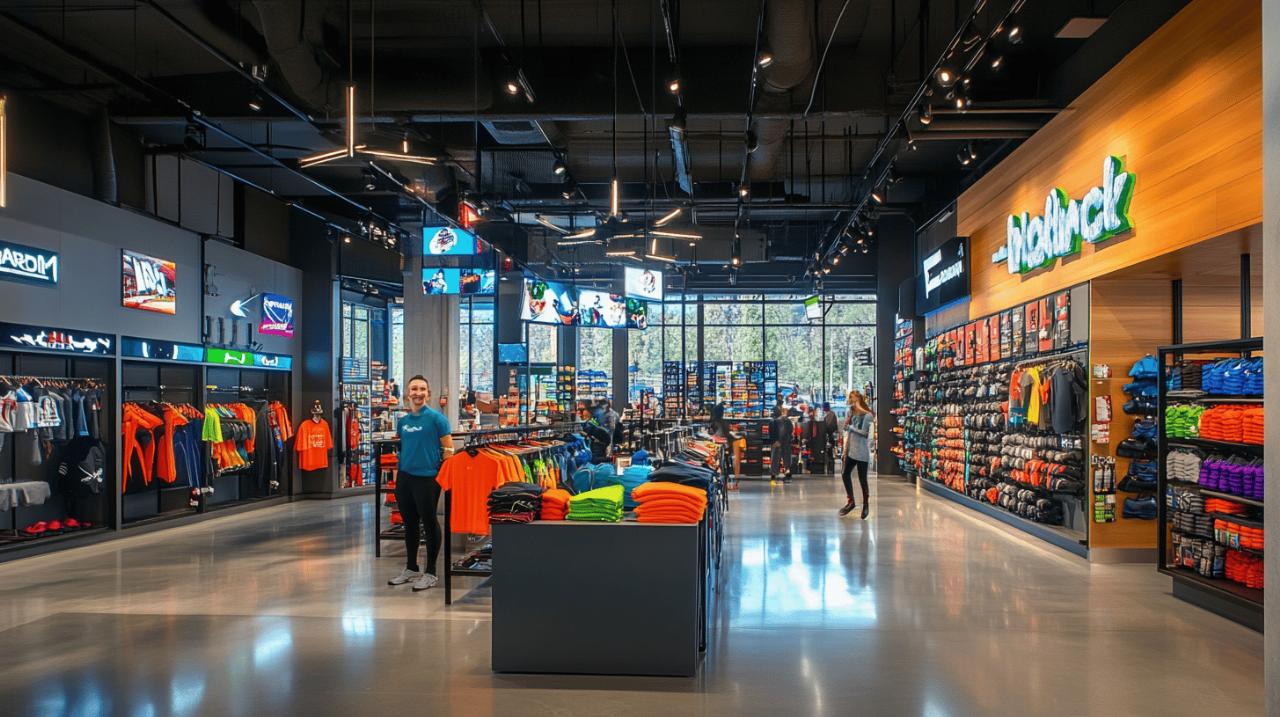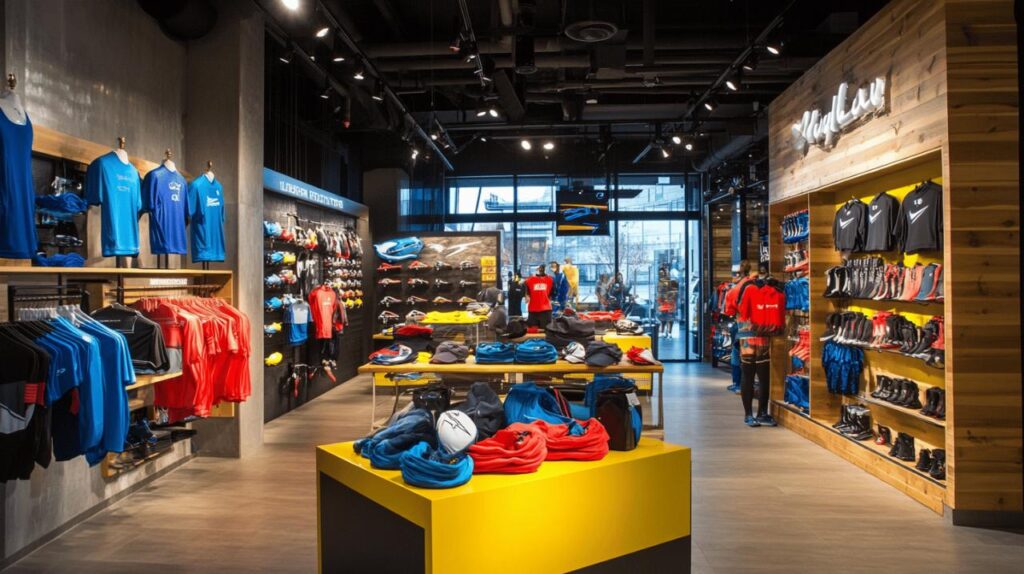Unlocking higher conversions for your B2C store requires strategic approaches that enhance customer satisfaction while streamlining their shopping journey. Successful online retailers focus on removing friction points and creating memorable experiences that transform browsers into buyers. When implemented correctly, these strategies can significantly impact your bottom line and foster long-term customer loyalty.
Optimizing the customer journey
The path a customer takes from discovering your brand to completing a purchase plays a crucial role in conversion rates. Research shows that eCommerce conversion rates vary by industry, with food and beverage typically seeing the highest performance. Effective optimization starts with compelling product presentation, intuitive navigation, and fast-loading pages that keep shoppers engaged rather than frustrated.
Simplifying the checkout process
The checkout experience often determines whether a sale is completed or abandoned. Studies reveal that 8% of shoppers abandon their carts due to complicated checkout procedures. Implementing a streamlined, minimal checkout flow with flexible payment options can dramatically improve conversion rates. Displaying trust signals like security badges reassures customers about transaction safety, while offering free shipping can be particularly effective—84% of customers have made purchases specifically because shipping was free. For comprehensive strategies on reducing checkout abandonment, see on https://puntolog.com/ where industry experts share proven techniques for minimizing cart abandonment and maximizing completed transactions.
Creating personalized shopping experiences
Modern consumers expect relevant, tailored experiences when shopping online. Segmenting your audience by demographics, interests, and purchase history allows you to deliver targeted recommendations that resonate with individual shoppers. Incorporating personalized marketing campaigns based on customer data can significantly boost engagement and conversion rates. Some innovative retailers are implementing virtual try-on features using AR/VR technology to create immersive experiences. This approach is particularly effective for products where visualization is crucial to the purchase decision, such as clothing, accessories, and home décor items.
Leveraging data-driven techniques
Data-driven marketing strategies are transforming how B2C stores optimize their conversion rates. These evidence-based approaches remove guesswork and enable precise targeting of customer pain points. Modern eCommerce businesses that implement data-focused optimization can identify exact moments where potential customers hesitate or drop off in the purchasing journey. Research shows that personalization based on customer data significantly increases engagement, with businesses seeing up to 6.6x return on ad spend from targeted social media campaigns like Gymshark achieved through Instagram.
Visual heatmaps that utilize eye-tracking technology have become powerful tools for improving conversion rates in B2C online stores. These maps reveal exactly where visitors focus their attention, allowing for strategic placement of key elements like call-to-action buttons and promotional offers. Fast website performance remains critical, with optimal page loading speeds around 2-3 seconds directly correlating to reduced bounce rates. The integration of trust signals such as security badges has also proven essential, as transparent communication builds customer confidence—84% of clients consider transparency a key element for establishing reliable commercial relationships.
Implementing a/b testing for key pages
A/B testing represents one of the most powerful methodologies for optimizing conversion rates across B2C stores. This systematic approach involves creating two versions of a webpage with slight variations in elements such as headlines, images, button colors, or product descriptions. By directing equal traffic to both versions and measuring performance metrics, businesses can make data-backed decisions rather than relying on assumptions.
Product pages benefit tremendously from rigorous testing. High-resolution images from multiple angles have proven to increase conversion rates by showing product quality in detail. Testing reveals that customers who view product videos are 64% more likely to make a purchase, and landing pages featuring video content convert 80% better than those without. Many successful B2C brands like PlayStation have leveraged video content as part of their strategy, contributing to their impressive 376% growth in followers from 2014-2019. Clear product categorization, intuitive filters, and robust search functionality should all undergo testing as these elements directly impact customer satisfaction and purchasing decisions.
Using analytics to identify conversion bottlenecks
Analytics tools provide crucial insights into where potential customers abandon the purchase journey. Data shows that unsatisfactory shipping options rank as the number one cause of abandoned shopping carts according to Forbes, while 8% of shoppers abandon carts due to complicated checkout processes. Addressing these friction points can dramatically improve conversion rates—84% of customers have made purchases specifically because shipping was free, and 63% of U.S. consumers are more likely to shop with retailers offering free returns.
Mobile optimization has become non-negotiable as smartphone shopping continues to dominate consumer behavior. Analytics can reveal if mobile users experience higher abandonment rates than desktop users, signaling potential usability issues. Customer journey mapping through analytics identifies exactly where bottlenecks occur, from product discovery to final purchase. Brands succeeding in multichannel selling analyze performance across platforms, recognizing that today's shoppers expect seamless experiences whether browsing on websites, marketplaces like Amazon and Etsy, or social media platforms. Payment flexibility also proves crucial, with analytics showing higher conversions when multiple options like debit cards, PayPal, Klarna, and Apple Pay are available.



